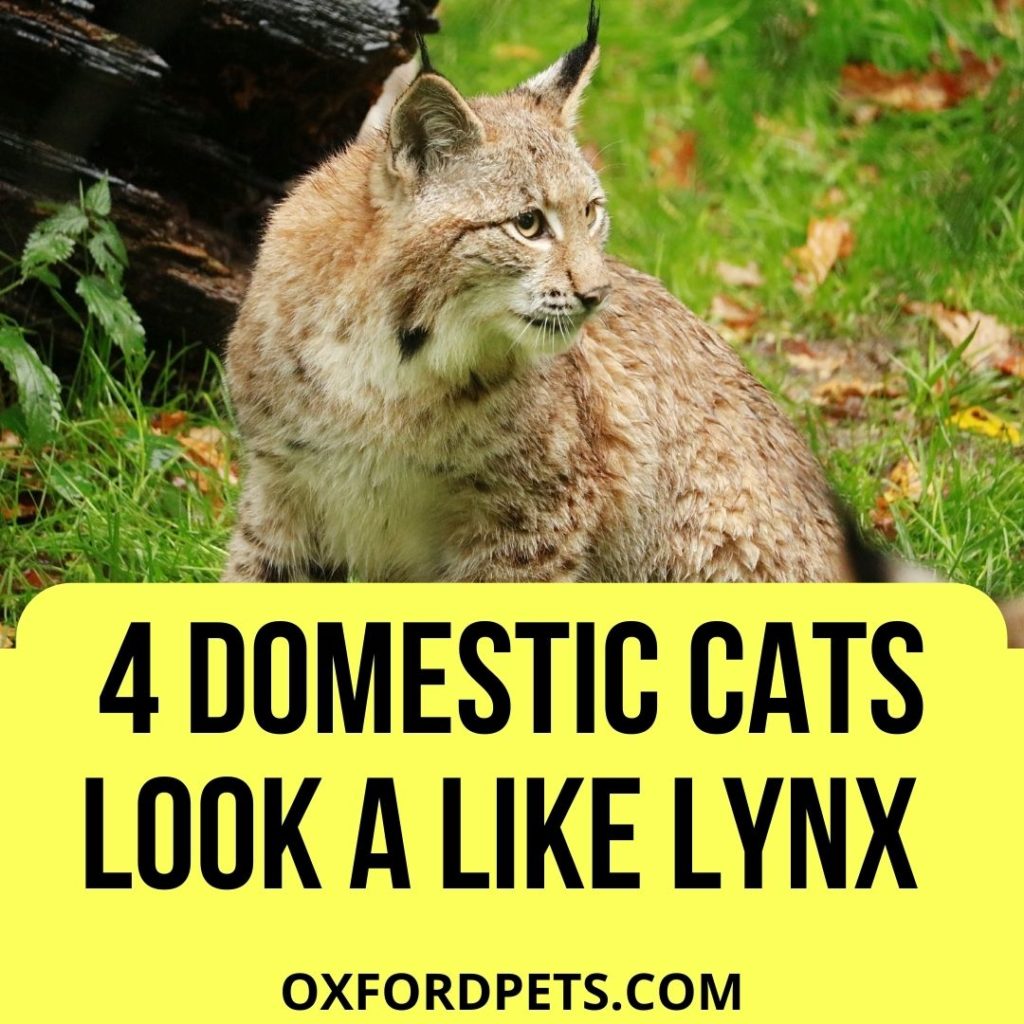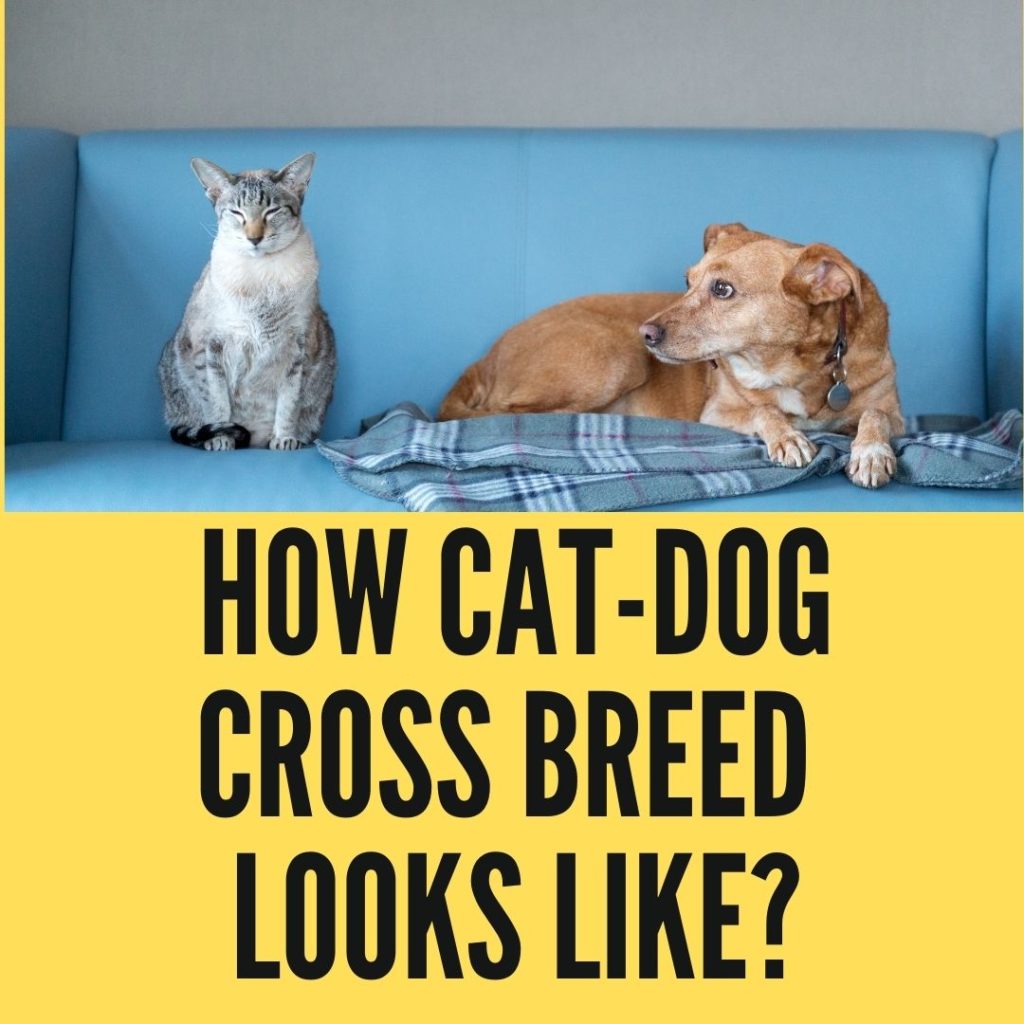Cats have long been domesticated and treated as pets since time immemorial. Records show that around 7500 BC, cats had already been domestic animals.
These affectionate and social animals have won their place in most of our homes; that’s why it’s not a wonder that approximately 220 million people own a cat or cats as their pets.
With the advancement of technology and scientific knowledge, more cat breeds are being ‘created’ by qualified and certified breeders. Some domestic cats have been bred to look like wild cats, more notably like the lynx species.
So, if you have a wildcat fever and can’t have one in your home due to legal issues or safety reasons, read on as we have a solution for you.
We help you understand in depth what a lynx is and four domestic cats that look like lynx fit your household.
What exactly is a Lynx?
A lynx (plural lynxes) is a wildcat notable to live in solitary and is endemic to the Northern forests of North America, Asia, and Europe. This genus has four distinct species, which include;
Bobcat lynx has a life span of 7 years; rarely does it exceed its lifespan of 10 years. Has an average of 8-7 kgs and a gestational age of 2-2.5 months
Eurasian lynx– has a life span of 10-13 years, with most attaining a weight of 18-30kgs. The gestational age of this species typically ranges between 67-74 days
Canada lynx– with approximate 13 kgs, this lynx species has a lifespan of 10-20 years and a gestational period of 56-70 days
Iberian lynx-they is predatory hunting small games. They have a gestational of 63-73 days, with most of them not exceeding a life span of more than 13 years
All the lynx species have white fur on their chest and the insides of their legs. They vary in color, with most of their hair being lawny to cream in color with spotted, rosette, or uniform patterns.
Their tufted ears, broadheads, short tails (bobtailed), and long legs are common characteristics among the lynxes.
4 Domestic Cat Breeds That Look Like Lynx
Below are some of the domestic cats that look like lynx.
1. The Desert Lynx
This domesticated cat breed is a dog-like cat that has characteristics similar to those of a dog or puppy.
Experts believe it to be a mix of different cat breeds: the American bobtail, the Maine , and the pixie bob.
Its fur is mostly in chocolate brown, silver, blue, and ebony hues, with markings spotted, ticked, or clouded.
It is physically active and extroverted, making it a good fit for households with many pets and people.
It is generally a healthy cat breed, as it’s not prone to diseases caused by selective breeding.
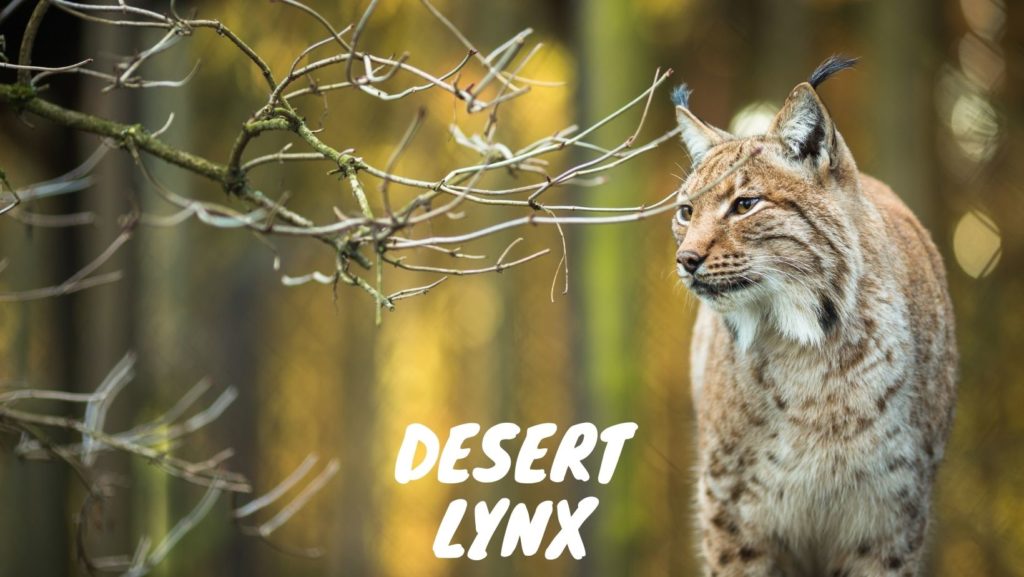
2. The Pixie Bobs
The Pixie Bob is a domesticated cat that was bred to resemble the American bobcat. Weighing around 5kgs, these cat breeds are massive with prominent bone buildup.
Unlike most cats, which grow for a year, the Pixie Bob cat breed grows for approximately 4 years nonstop, thus accounting for their large stature.
They have pear-like-shaped heads, tipped ears, and triangular-shaped eyes, changing color as the cat ages.
As a kitten, the pixie bob possesses blue eyes, and at around seven months of age, the eyes turn to a greenish or a golden hue.
This cat breed is peculiar in so many ways, but one of its outstanding features is the sounds it produces. Most of the time, it will chirp, growl or chatter instead of meowing.
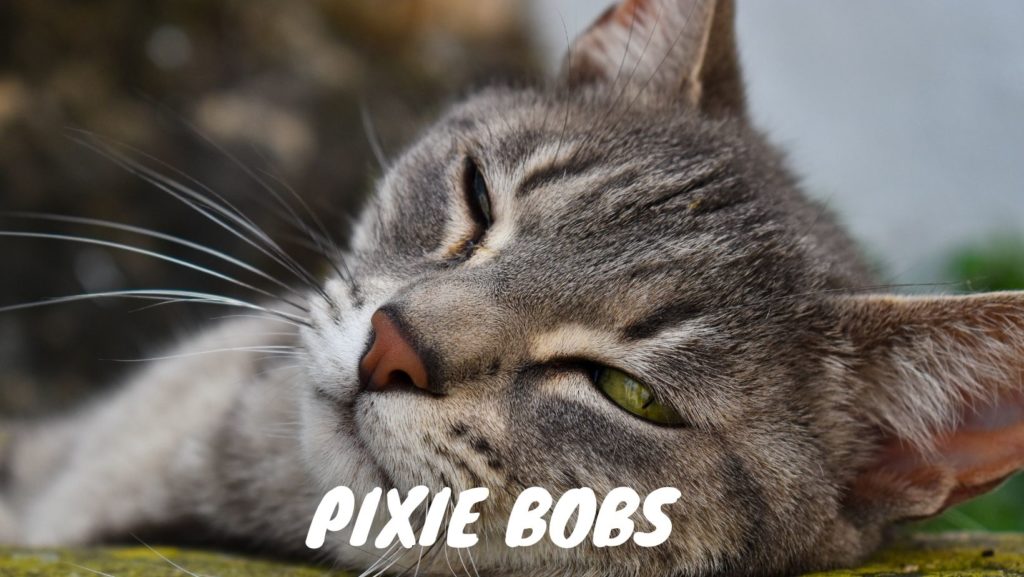
It rarely meows, which is a common characteristic of the other domestic cats. Some of the pixie bobcats don’t even meow at all.
Pixie bobs have a dog-like personality, with most exhibiting characteristics similar to those of a dog. They love playing fetch with their favorite toys and are receptive to leashing.
They are also intelligent cat breeds and can understand simple commands and words.
Generally, these cat breeds have relatively good health. However, some reproductive health issues have been a plague for this cat breed frequently.
Such conditions include;
- Cryptorchidism– a medical condition in which one of the testicles fails to descend to the scrotum
- Dystocia– difficulty in giving birth during labor
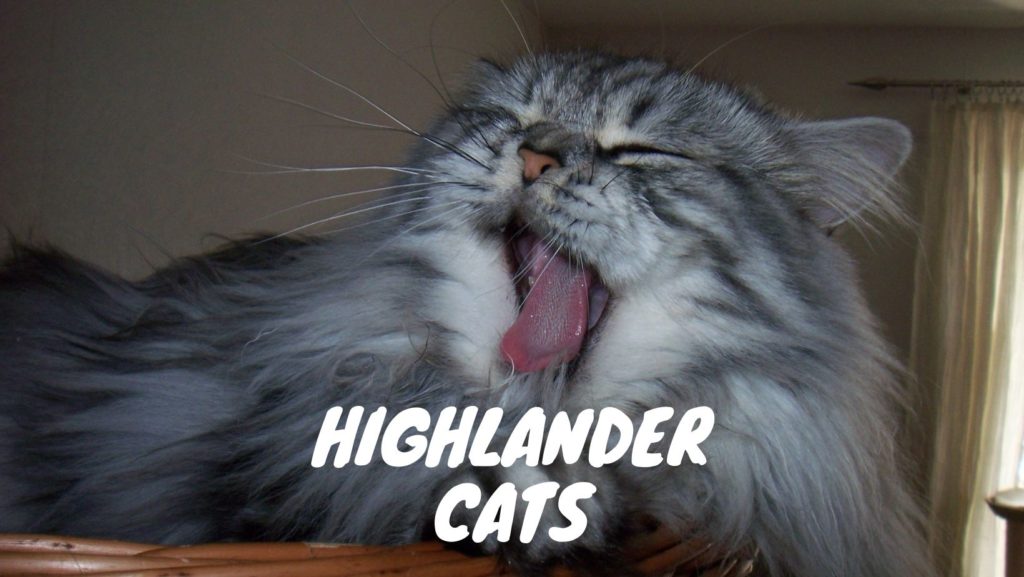
3. The Highlander Cats
Having a 13-15 years life span, this cat breed is a deliberate crossbreed between the desert lynx and the jungle curl.
They are a rare cat breed with long sloping foreheads and broad noses. Their coats have spotted or classic bullseye markings on them.
One notable feature is their slightly curled ears which slightly turn in a backward direction. They may also be polydactyl (having an extra toe).
These cat breeds are friendly to their owners, strangers, and other animals or cats around them.
They enjoy playing around with their favorite toys or with people. They are also fond of water; hence easy to bathe them.
This domestic cat breed is generally of good health with no known medical conditions that particularly affect them.
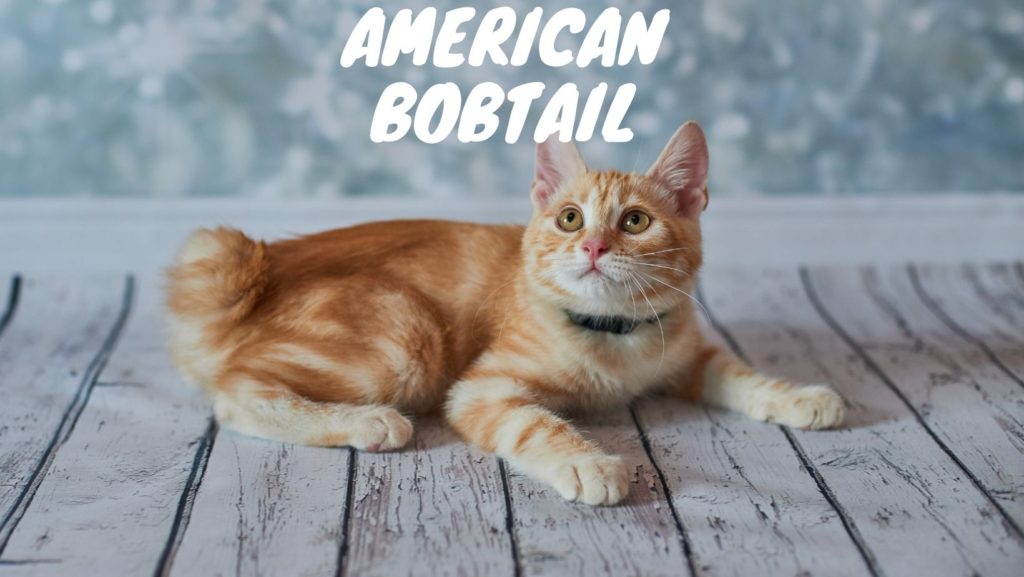
4. The American Bobtail
These domesticated cat breeds resemble the wild bobcat. It came about in existence in the 1960s due to selective breeding of feral cats with naturally occurring mutated bobtails (not the actual bobtails as many tend to assume) as a way of natural selection.
It’s a scarce cat breed that has unique features, which include;
- A short tail (most distinguishable feature)– may be straight, a bit curled, bumped along the edge, or slightly kinked. However, some of these cat breeds are born without tails and are known as rumpies)
- Rectangularly body shape
- Wedge faced shape
- Oval shaped eyes pointed at the edge (almond shape)
American bobtails are puppy cats. That is, they tend to behave more like a dog than a cat. They are easy to train and very receptive to commands, just like most dog breeds.
Their affectionate and friendly nature towards children and other strangers or animals makes them a perfect fit for a large household. They are also easy to groom.
However, like other cat breeds, these cats are predisposed to getting a medical condition known as hip dysplasia.
This condition usually causes constant hip dislocation and subluxation (partial separation of the articulating joints), which may cause your American bobtail cat to become lame or crippled if medical attention is not sought on time.
Key Takeaway
For a more adventurous cat petting experience, consider getting yourself a domesticated cat that resembles a lynx.
You not only get to enjoy the versatility these domestic cats have to offer but also have a smaller version of a wild cat around your home. Ensure that you purchase your lynx resembling cat from a certified and known cat breeder.
Also, regular appointments with your vet will go a long way in ensuring that your cat leads a healthy and satisfied cat life.

